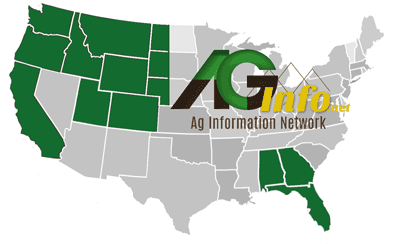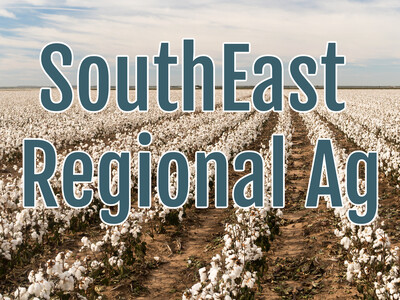Valley High School restarting ag program
The Valley High School community’s dream of restarting its agriculture education program after almost three decades is moving forward.The Valley School District, which covers the eastern end of Jerome County, in the Eden and Hazelton area, is located in the agriculture-rich Magic Valley of southcentral Idaho and for a long time has been one of the only school districts in that region without an agriculture program.
No longer.
The school district and community members on Oct. 23 broke ground on a building that will house the high school’s new ag program.
“Ag education is so important in the state of Idaho,” VSD Superintendent Ty Jones said during the groundbreaking ceremony. “We’re just thrilled to work toward this goal of an ag building here at Valley High School.”
The $3.5 million ag building is due to be completed next fall.
VHS student Carson Mai said breaking ground on the new building “is a meaningful step toward strengthening the opportunities we can offer our students here at Valley.”
Referencing the farm fields that surround the school, Mai said people don’t have to look far to see how important agriculture is to the community.
“From young ages, we’ve been helping our parents on the farm, moving neighbors’ hand lines and branding calves on the weekends,” he said. “Agriculture has always been a part of who we are.”
With the new ag program, “students can take what they learn in the classroom and apply it in practical and meaningful ways that they will come to realize is very useful in a community like ours,” Mai said.
And, he added, “This new building will give students that don’t already know about agriculture a chance to learn in ways that prepare them not just for a career but for life.”
The district secured a $3.3 million Idaho Career Ready Students grant and held a live auction in April to raise the additional funds that were still needed for the project.
Valley School District has been one of the only districts in the region without an agriculture program, despite being surrounded by farming and ranching operations that drive the local economy.
“In this area, agriculture is the backbone of our communities,” said Idaho Superintendent of Public Instruction Debbie Critchfield. “I’m excited for where this is going to take the community … and the surrounding areas and the students that come to … Valley High School.”
Critchfield and other speakers talked about how critical community support was for the project.
She said some of the main requirements of the grant that VSD received for the project included showing there was a need, that it was sustainable and that the community was behind it.
“Valley School District checked all of those boxes and more,” Critchfield said. “So much work has gone into the planning and preparation of making this (project) successful.”
The district has one high school – Valley High School – which has about 200 students, and the ag education program will also be open to middle school students.
Jerome County Farm Bureau donated $10,000 toward the new building project and Idaho Farm Bureau Federation also donated $10,000.
The new building will feature modern shop and classroom spaces designed to equip students with real-world, hands-on agricultural experience, said Katy Starr, communications and marketing director for the Valley Agriculture Education Foundation, a non-profit organization formed in 2024 for the purpose of bringing the Valley School District ag program and building project to life.
A University of Idaho study by Jerome County Extension educator Steven Hines found that the agriculture industry is responsible for 59 percent of total sales and 42 percent of the jobs in the Magic Valley.
That study – “Contributions of Agribusiness to the Magic Valley Economy” – also found the industry is responsible for 48 percent of the valley’s gross regional product, which represents the total value of goods and services.
“The vibrant economy of the Magic Valley is driven by agribusiness, which includes on-farm production, ag processing and the ag services that directly support agriculture,” the report’s executive summary states.













